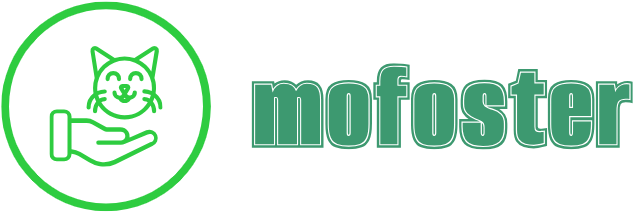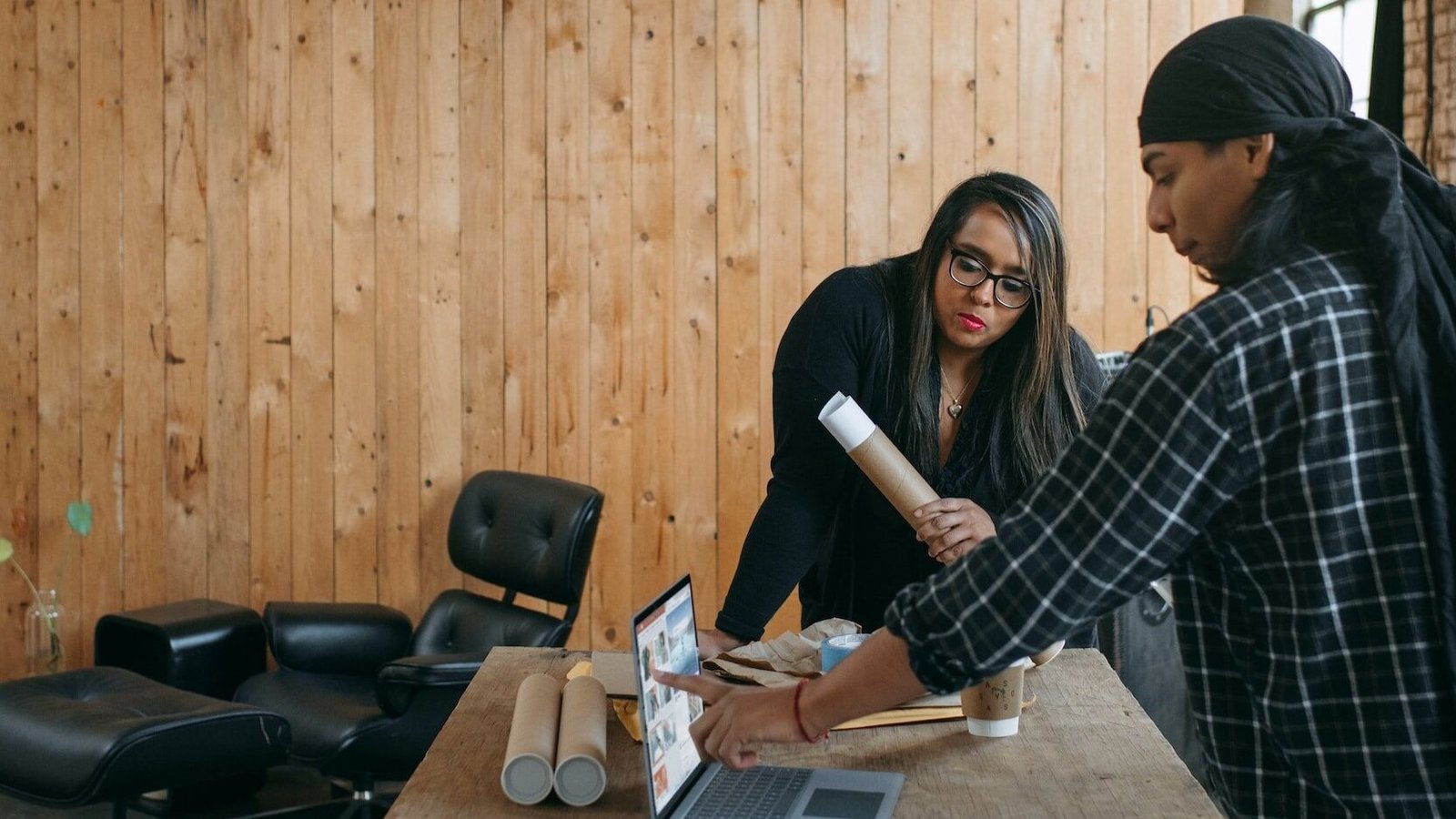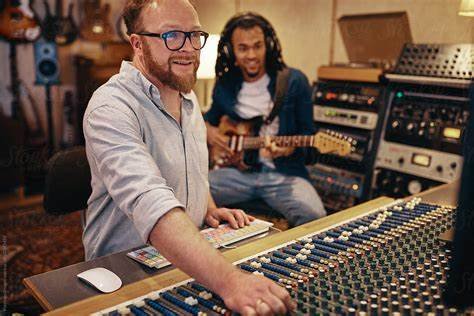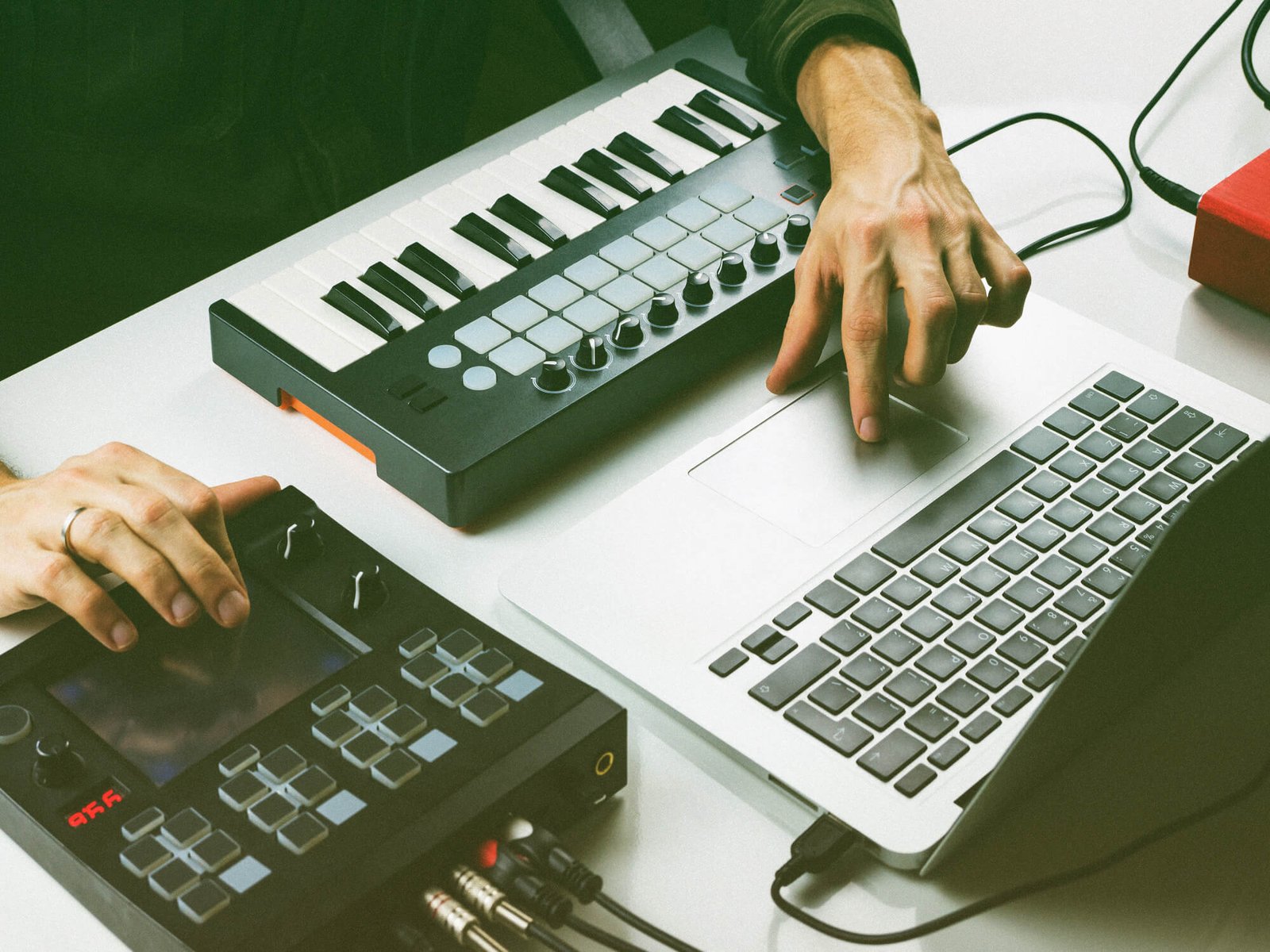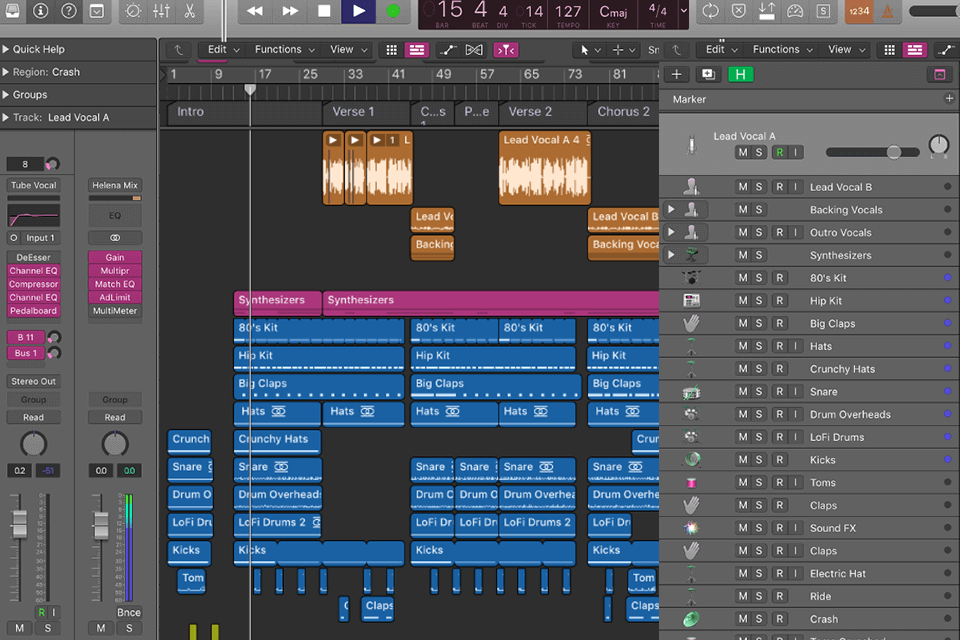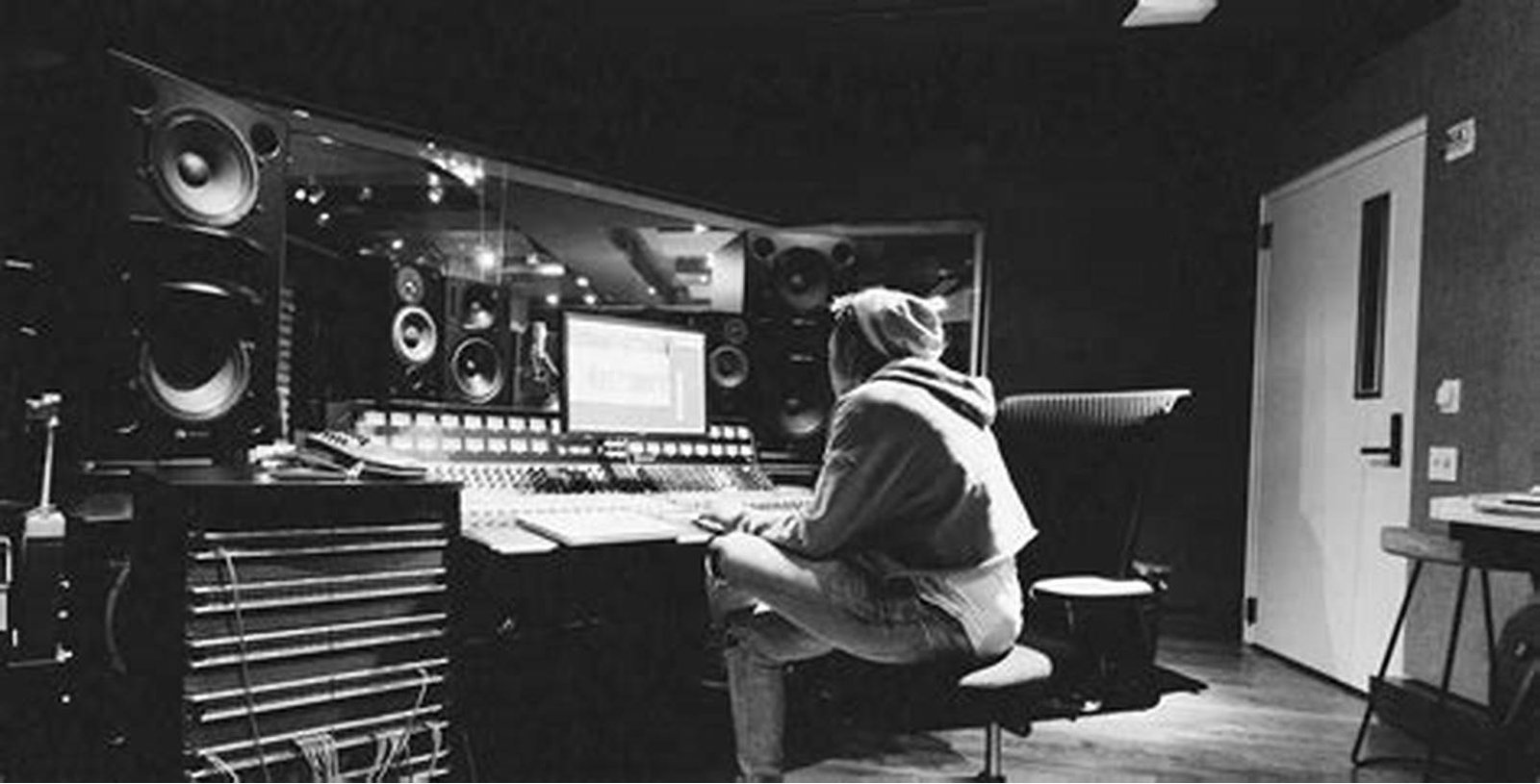Collaborating with artists effectively can lead to amazing results, whether it’s in music, visual arts, or any other creative field. When working with artists, it’s essential to understand their unique perspectives and skills while also clearly communicating your ideas. Here are some key strategies on how to collaborate with artists effectively and create a fruitful partnership.
1. Establish Clear Goals
The first step in how to collaborate with artists effectively is to set clear goals for the project. Both parties should agree on the project’s vision, purpose, and desired outcomes. This shared understanding helps ensure everyone is on the same page. By having specific objectives, it becomes easier to measure progress and success throughout the collaboration.
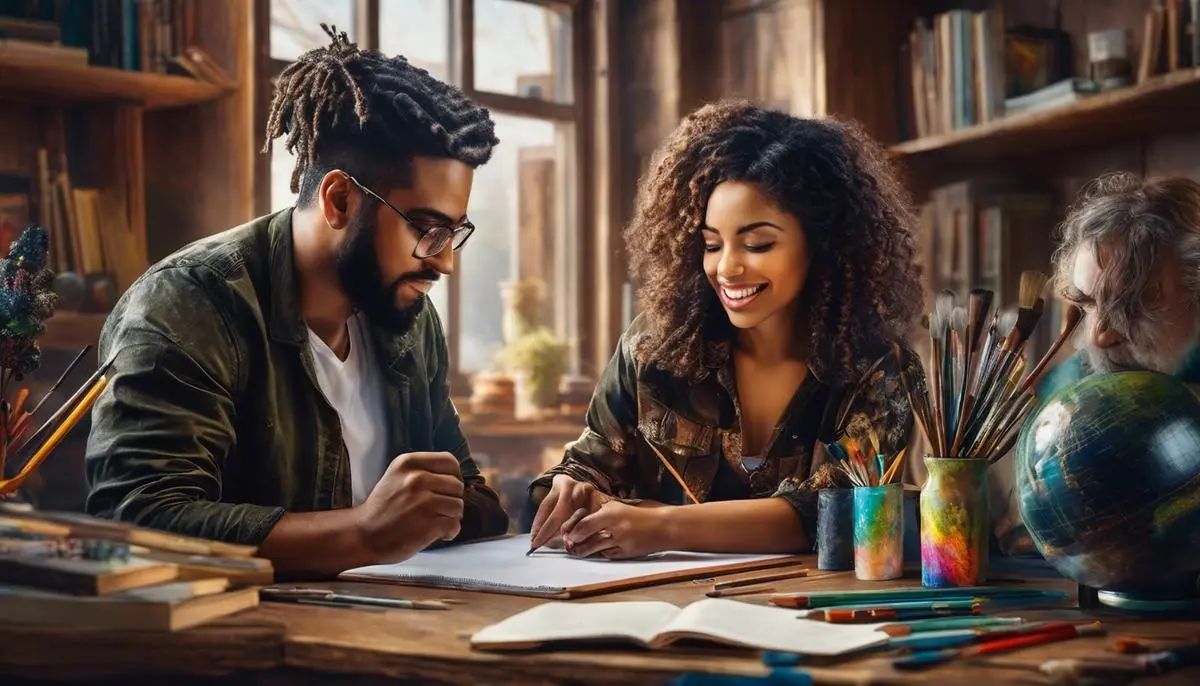
2. Open Communication
Communication is vital in any collaboration. Regular check-ins and discussions can help clarify ideas and address any concerns. When working with artists, encourage an open dialogue where everyone feels comfortable sharing their thoughts. This two-way communication fosters trust and helps build a solid working relationship.
3. Respect Their Creative Process
Every artist has a unique creative process. To collaborate with artists effectively, it’s crucial to respect their methods and timelines. Allow them the space and time they need to develop their ideas. This respect not only promotes a positive atmosphere but also leads to better creative outcomes.
4. Be Open to Feedback
Feedback is an essential part of any collaboration. When learning how to collaborate with artists effectively, it’s important to be receptive to constructive criticism. Encourage artists to share their thoughts on your ideas, and be willing to adjust your plans based on their input. This flexibility can lead to more innovative solutions and enhance the overall quality of the project.
5. Foster a Creative Environment
Creating a space where creativity can flourish is key to successful collaboration. Whether it’s a physical studio or a virtual meeting room, ensure the environment is conducive to brainstorming and experimentation. A relaxed and inspiring atmosphere can help artists feel more at ease and willing to share their ideas.
6. Define Roles and Responsibilities
To collaborate with artists effectively, it’s important to clarify roles and responsibilities from the beginning. Determine who will be in charge of different aspects of the project. This clarity helps prevent misunderstandings and ensures that everyone knows what is expected of them. Clearly defined roles also enable artists to focus on their strengths.
7. Celebrate Milestones
Acknowledging progress is crucial in any collaborative effort. Celebrating milestones helps motivate everyone involved and reinforces the partnership. Whether it’s completing a draft, finishing a piece, or reaching a specific stage in the project, take the time to recognize these achievements. This recognition can strengthen team morale and enhance creativity.
8. Build Trust and Rapport
Trust is a cornerstone of any successful collaboration. To learn how to collaborate with artists effectively, invest time in building rapport with them. Engage in casual conversations, share personal stories, or participate in team-building activities. This trust fosters a more open and honest working relationship, ultimately leading to better collaboration.
9. Use Technology Wisely
In today’s digital age, technology can significantly enhance collaboration. Utilize tools and platforms that facilitate communication and project management. Whether it’s video calls, project management software, or collaborative design tools, find what works best for the team. Using technology effectively can streamline processes and keep everyone connected, especially if working remotely.
10. Stay Flexible and Adaptable
Creative projects often evolve, so being flexible is essential. As collaboration progresses, ideas may change, and unexpected challenges may arise. To collaborate with artists effectively, maintain an adaptable mindset. Embrace change and be willing to pivot when necessary. This flexibility allows for a more dynamic and successful creative process.
Conclusion
Learning how to collaborate with artists effectively is essential for anyone involved in creative projects. By establishing clear goals, fostering open communication, and respecting the creative process, you can create a productive and enjoyable partnership. Emphasizing feedback, trust, and flexibility will enhance the collaborative experience, resulting in high-quality creative work. With these strategies in mind, anyone can embark on a successful journey in collaboration with artists.
